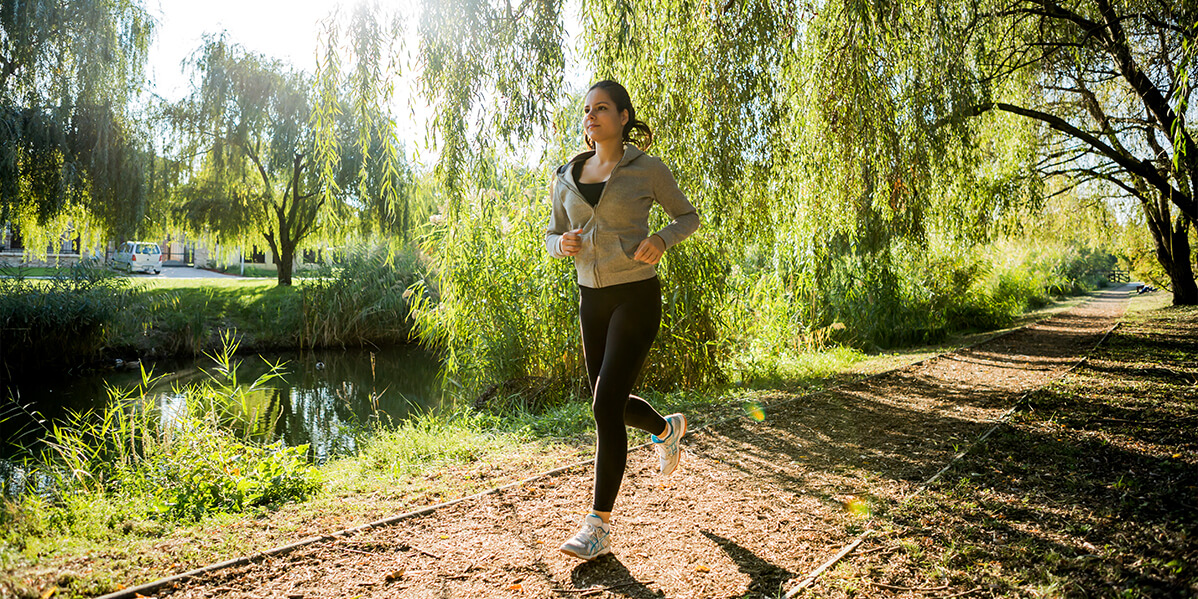The Luistervinq is a solution being developed to monitor sports usage in public outdoor spaces, in the most sustainable way possible. The assignment comes from Sportinnovator, by whom Datacadabra was named one of the winners of the challenge 'Develop a solution to make data on sports use of public space transparent'. Our solution is the Luistervinq, an AI-powered & privacy-proof activity monitor that can map four activities: walking, running, cycling and mountain biking. The Luistervinq will have the appearance of a birdhouse, so that it blends into its environment as much as possible and does not disturb it. The Luistervinq uses two microphones and is connected to a solar panel, making it a very sustainable solution. The Luistervinq monitors outdoor usage and provides insight into the density and usage types of a particular outdoor area. This gives more notion of the various aspects regarding the health of residents, tourism and recreational use. Turning these insights into concrete actions will get even more people moving!
The first test
Last week, the Datacadabra team tested the first prototypes of the Luistervinq on the grounds of the University of Twente, to see if they deliver the intended results. During this baseline measurement, the Luistervinq was attached along a suitable surface on which we provided the four classifications ourselves, namely walking, running, cycling and mountain biking. The result was promising: the collected data is quite useful and with some minor adjustments we can work on a promising product!
The four classifications can be easily identified and distinguished among themselves in the data collected, and the direction of movement of the sound can be demonstrated. Now the raw data must be processed into relevant input for the algorithms, then the obtained data is labeled (activity, group size and distance) for developing and training the models. Then a second test is conducted to demonstrate the operation.
In addition, standard data were measured that may affect the test results, such as weather (temperature, humidity, wind), environment type (clearing, wooded area), geographic location, and the distance of the Listening Finq from the path used.
Follow-up steps
Over the next few weeks, Datacadabra will get busy processing all the detected activity and thus the aforementioned data. After that, the prototype will be improved where necessary to create a Luistervinq that is production-ready and can map the use of outdoor spaces in the region!

